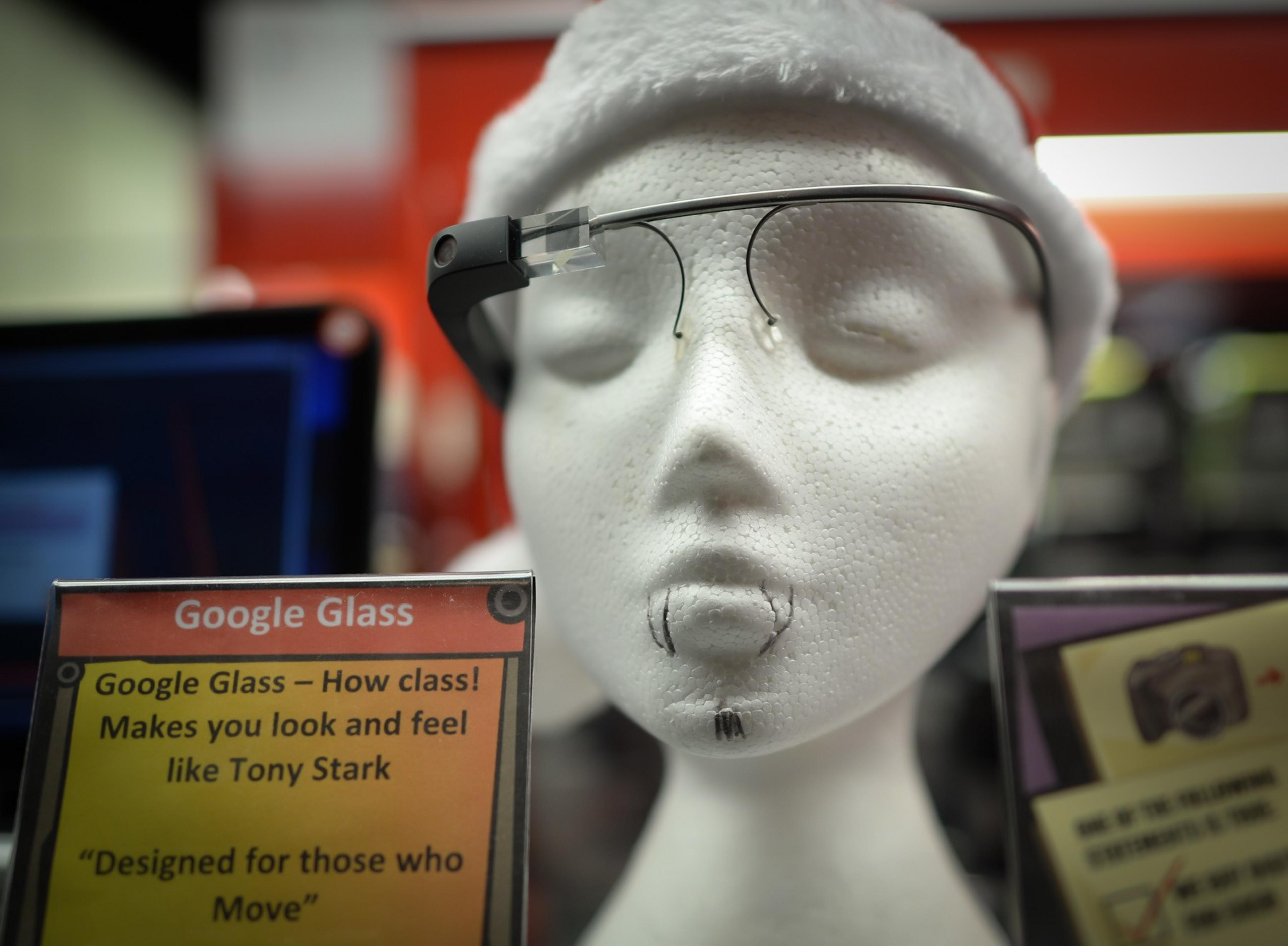The tech industry press is buzzing today with news that Apple has postponed the release (opens in new tab) of its as-yet-unnamed augmented reality headset. However, while wearable lovers may have to wait a bit longer to strap the future to their brows, the consensus among Silicon Valley analysts is that a new and improved generation of face-mounted devices will soon hit the market.
It’s been a little more than 10 years since Google first introduced Glass (opens in new tab). The smart eyeglasses came outfitted with a camera and a suite of augmented reality features (opens in new tab) that would allow users to snap pictures, set reminders and pull up directions with voice commands. A promotional video from 2014 largely focused on how Google Glass could function as an ever-present personal assistant. In other words, Glass positioned itself as a technology that would make the world a better place (opens in new tab).
Not everyone saw it that way.
Glass was introduced around the time that explosive growth in the tech sector was supercharging gentrification in San Francisco. In February 2014, a little over a year after Google distributed a limited run of the devices to a select cohort of journalists and early adopters—many of whom lived the Bay Area—a technology consultant was assaulted (opens in new tab) after showing off her Glass headset at Molotov’s, a bar in the Haight. In April that same year, a tech reporter for Business Insider was mugged in the Mission (opens in new tab) while wearing a pair of the Google glasses. His attacker smashed the $1,500 wearable in an apparent rage.
Mat Honan, a former contributor and staffer at Wired, the San Francisco-based tech magazine, spent a year using Google Glass. While he found many of the technology’s applications very useful, he also conceded that the glasses functioned as an instantly recognizable signifier of status. “Glass,” he wrote (opens in new tab), “is a class divide on your face.”
A nickname emerged for wearers of the new technology: Glassholes (opens in new tab).
In the years that followed, Glass became a punchline. It was lampooned on (opens in new tab)The Simpsons (opens in new tab) and a book all about the ill-fated wearable called the project “a carnival of failure (opens in new tab).”
But Silicon Valley hasn’t given up on the idea. Last summer, Google reintroduced a new glasses prototype (opens in new tab) and began sharing it with testers to use in the real world. In a promotional video for the product, the Mountain View-based search giant focused on the headset’s capability for putting “real-time translation and transcription (opens in new tab) directly in your line of sight.”
In a post-pandemic world, where an increasing number of the white collar workforce is comfortable discussing the perils of burnout (opens in new tab), framing the technology as a way to bridge intergenerational language barriers may just be a stronger selling point than touting its ability to make sure you remember your morning Zoom meeting.
